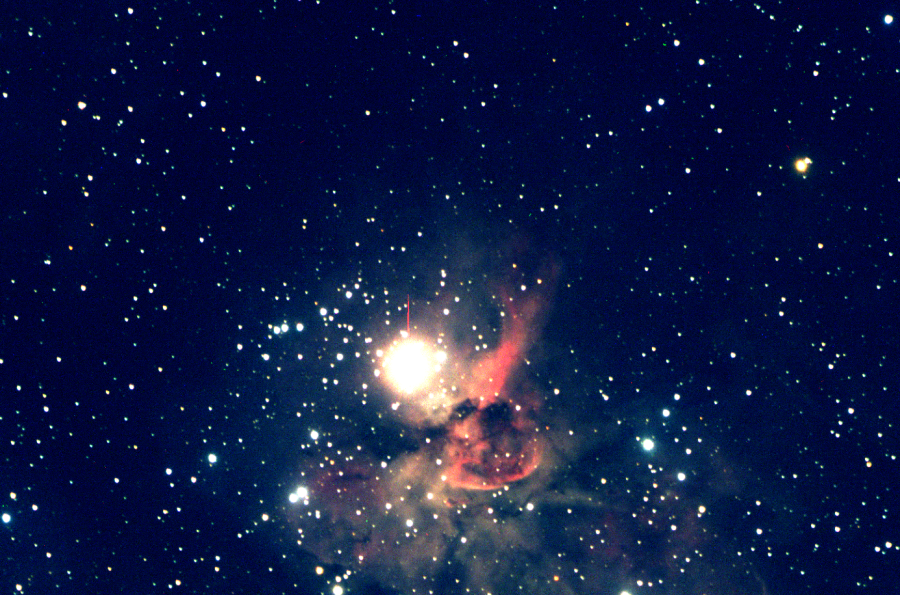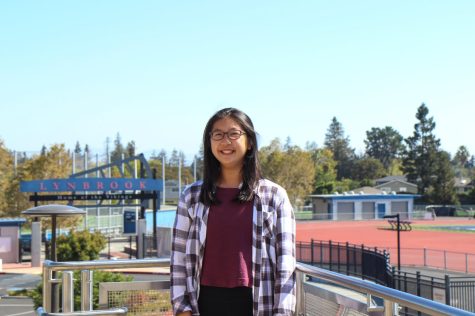Astrophysics explores space with astrophotography
Photo used with permission of Astrophysics Club
Astrophysics Club took photos of Carina Nebula in the night sky.
March 8, 2022
From black holes to nebulas to exoplanets, Astrophysics Club explores it all. With the opportunity to capture photos with the robotic telescopes of Las Cumbres Observatory, the club has been taking and examining pictures of nebulas in space since 2020.
“One of the things Astrophysics Club used to do before the pandemic was star parties, where you go and observe space objects, but with COVID-19, you can’t really do that,” senior and Astrophysics President Krithi Koodli said. “For virtual observations with the club, we looked into doing astrophotography.”
The project was popular online, so the officers hosted this activity again this year. Members learned about each nebula and voted on the nebulae they wanted to take photos of.
“Each officer gave a humorous presentation on why their nebula is amazing and the others’ are inferior,” senior and member Ronak Badhe said. “This annual ritual in which there is a light-hearted competition is a great experience and makes Astrophysics Club unique.”
The observatory’s 10 global robotic telescopes are used by professional astronomers for research, so the time available for the Astrophysics Club to take pictures is limited, as photos take a couple of minutes to capture. Once the settings are inputted by the user, the robotic telescope automatically adjusts the settings and takes the photos. Astrophysics Club pinpointed the Corona Nebula and Tarantula Nebula among other nebulae, along with the space coordinates in the Equatorial Coordinate System for the robotic telescopes to aim at and take a photo.
Nebulae, composed of widely scattered stardust and gas clouds, are dark, so the telescope settings were tweaked to capture clear images. Extending exposure time allows the telescope to gather more light when taking the photo and brighten the image. The club was able to pick filters to color their photos to make them more visible as well.
With camera time left for the club to request more photos, Astrophysics Club is planning to take pictures of exoplanets in mid to late March, when exoplanets become clearer. Exoplanets are significantly darker than the star they revolve around and much further away, requiring more telescope time to increase exposure and produce brighter images. If their results show new data, Astrophysics Club will be able to send it to NASA to potentially be included in their exoplanet watch program and coauthor a paper with NASA on updates on properties of exoplanets.
“We also are planning on exoplanet observation, which has extraterrestrial implications,” senior and Astrophysics Vice President William Huang said. “That’s why a lot of people are interested in exoplanet observation in the first place.”
On Tuesday, Feb. 1 and Sunday, Feb. 6, the observatory uploaded files of Astrophysics Club’s photos, which turned out very clear and colorful. Their experience working with the telescope has been rewarding and has also inspired them to continue to pursue astrophotography. Members will explore photographing more space objects, engaging with astronomy equipment and space research.




























































